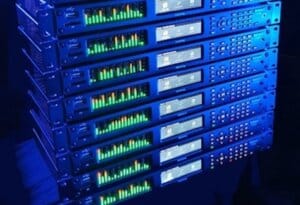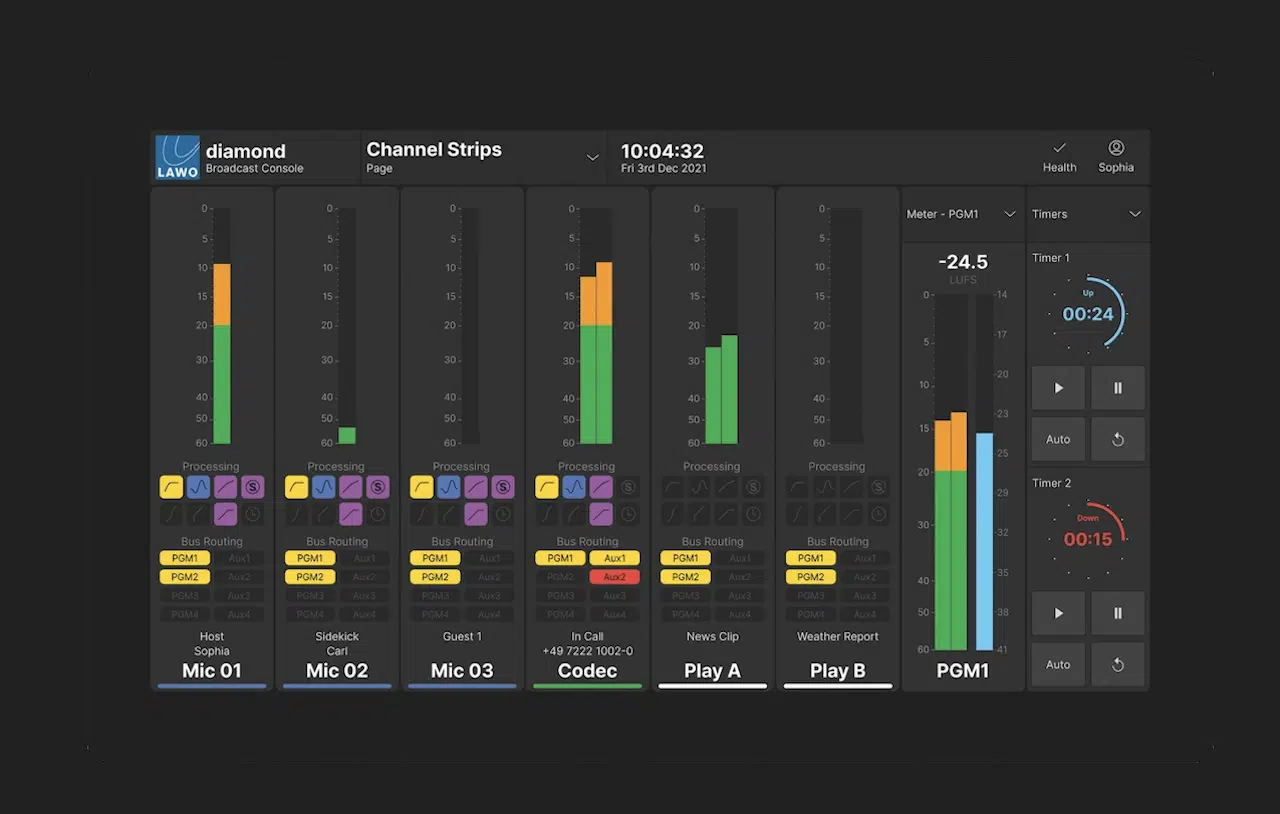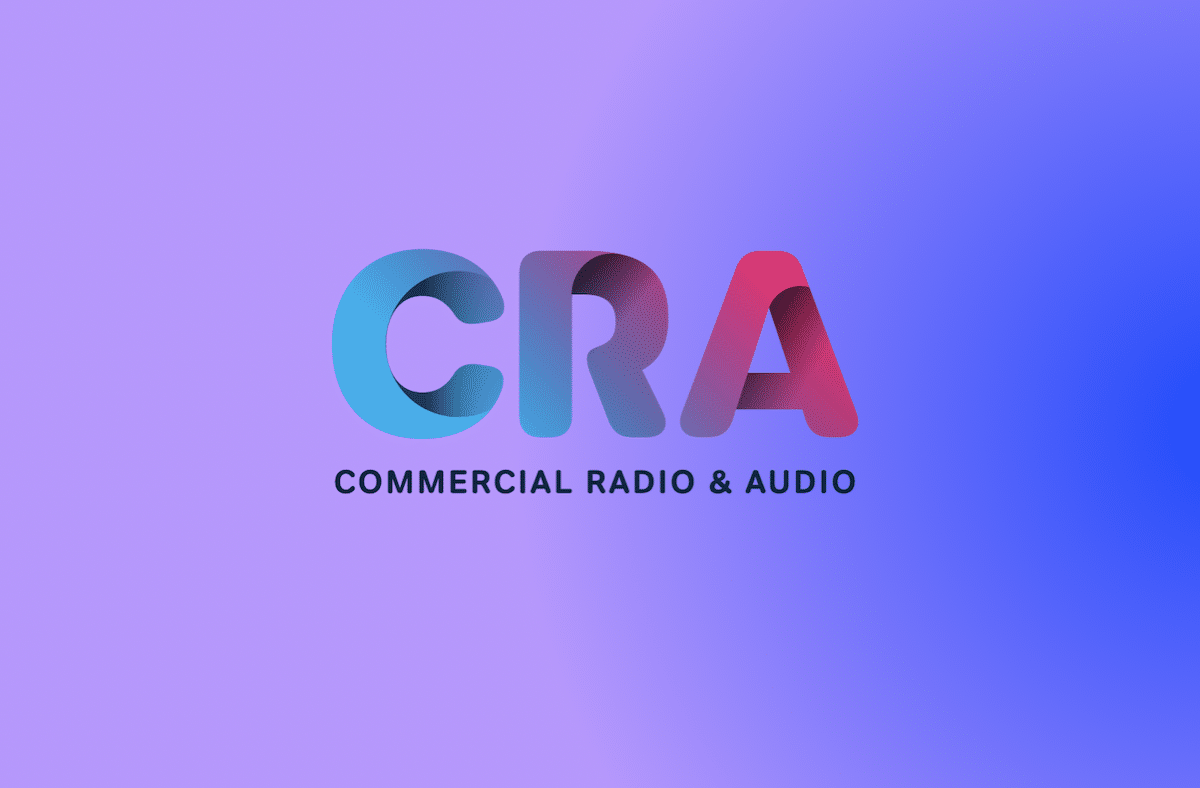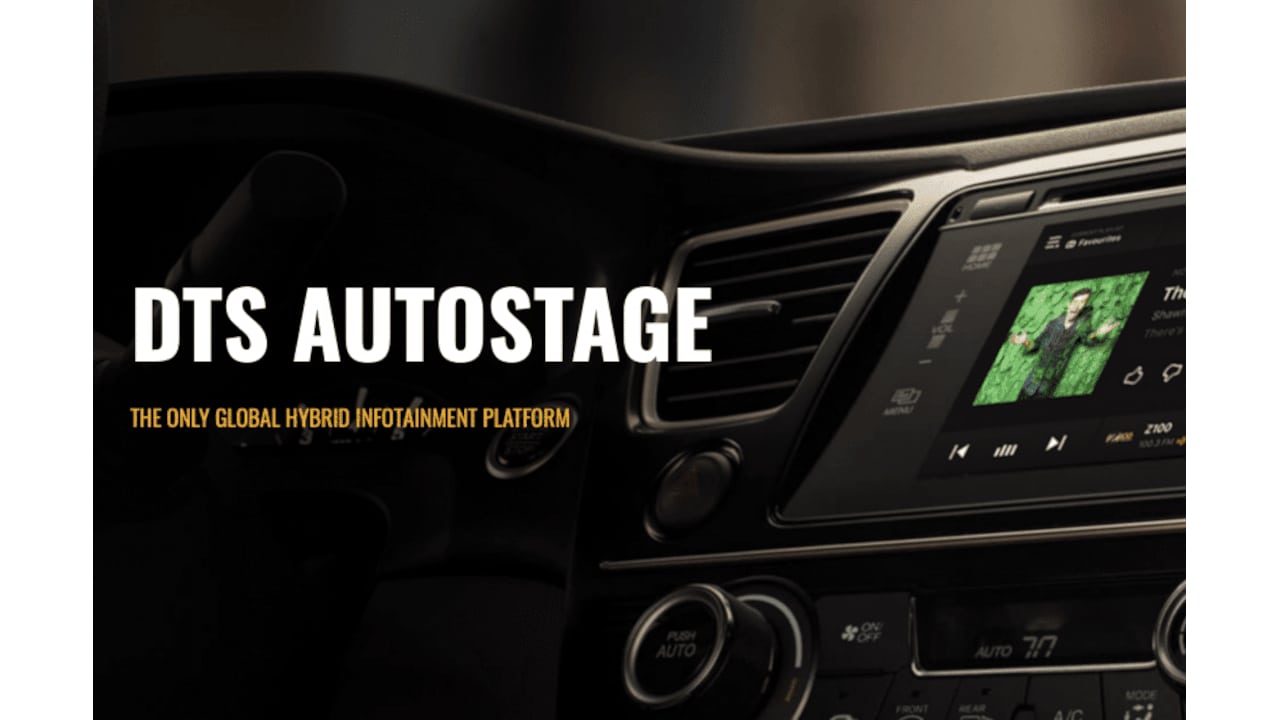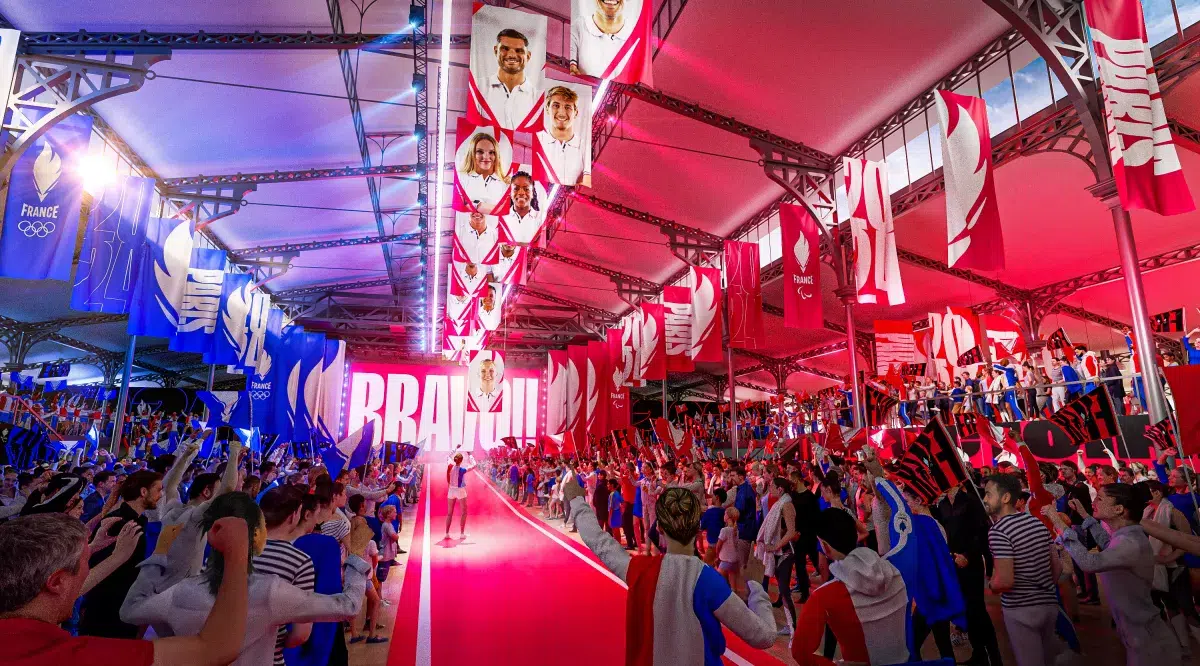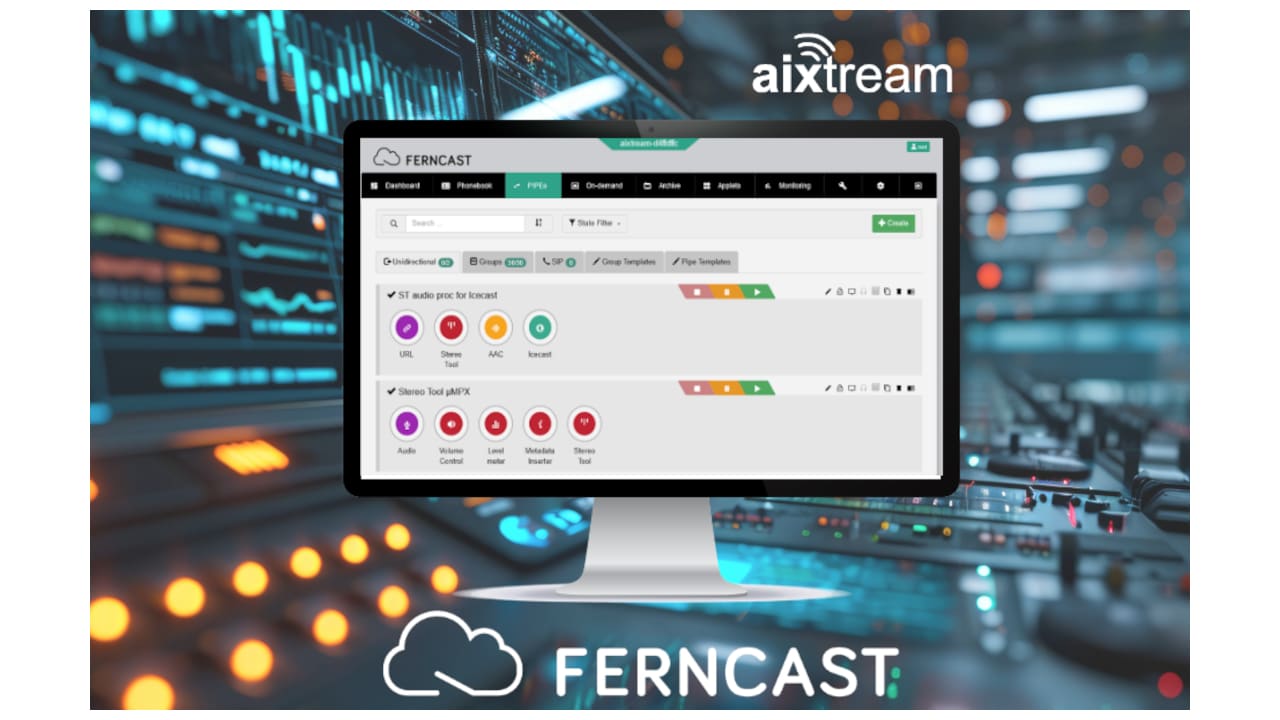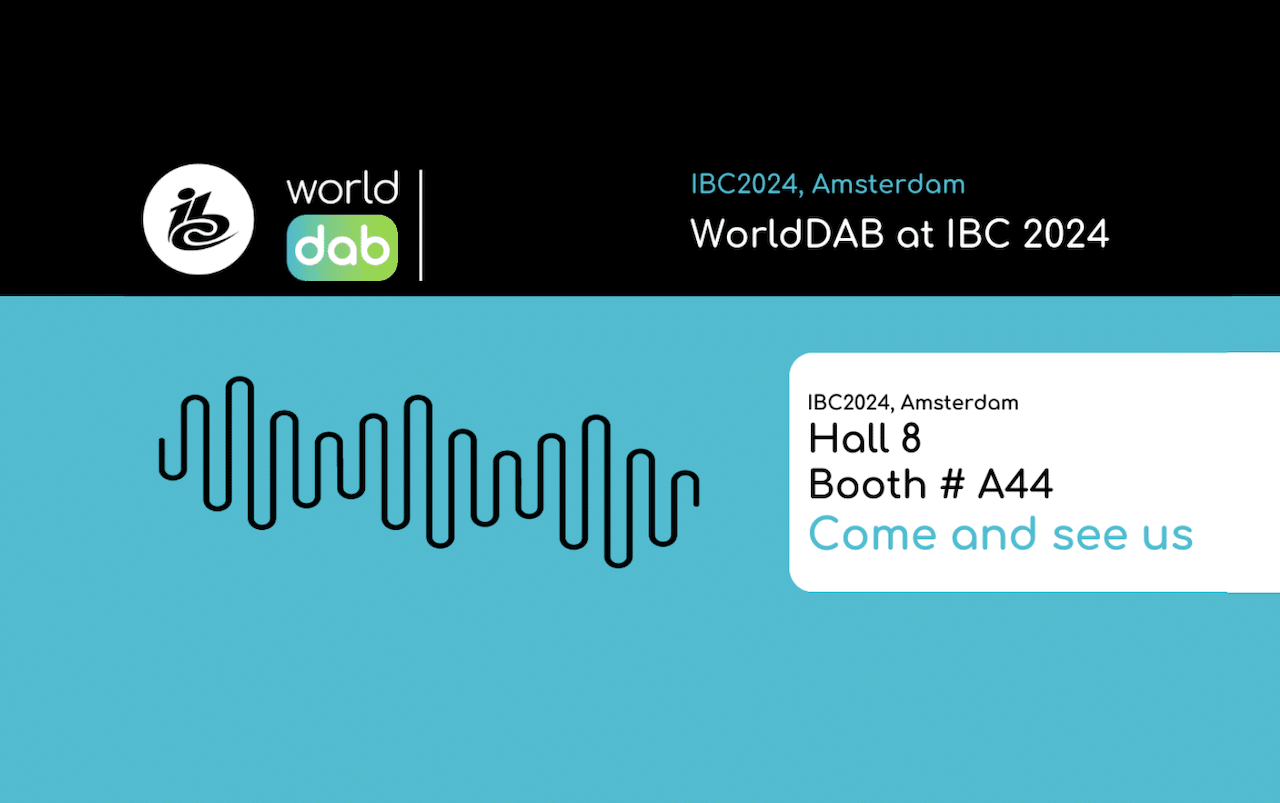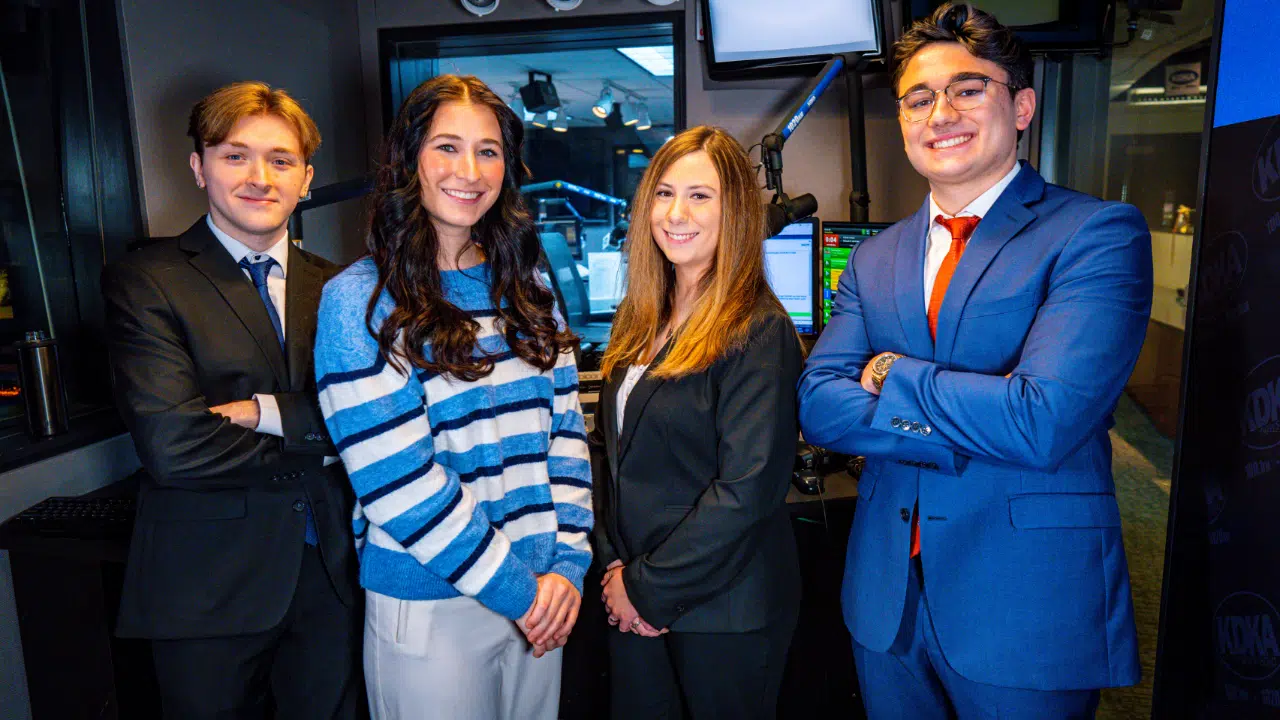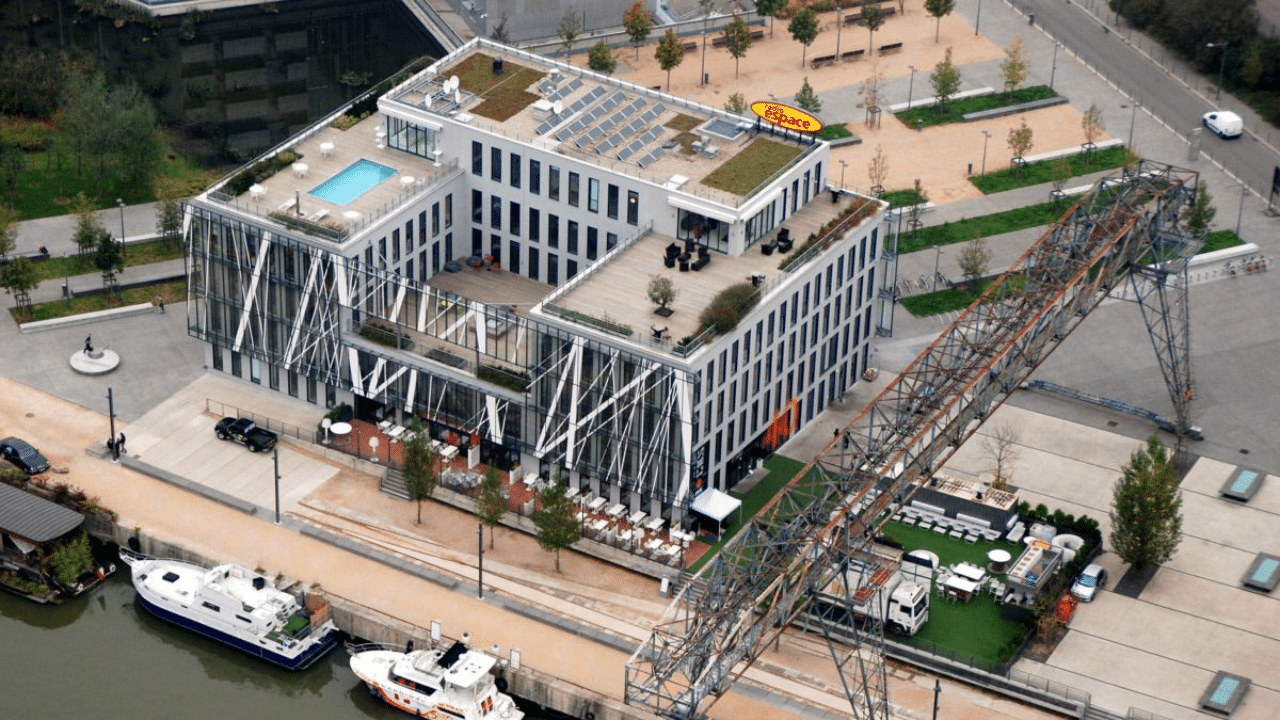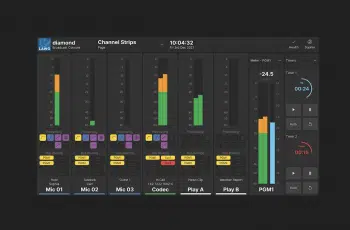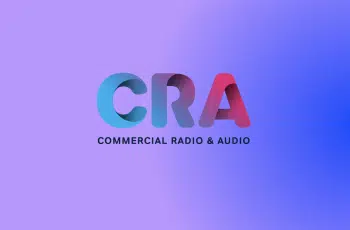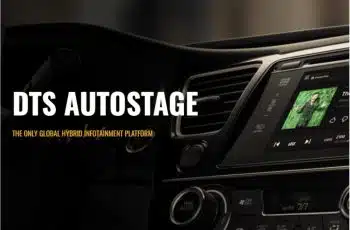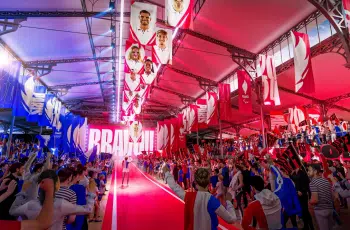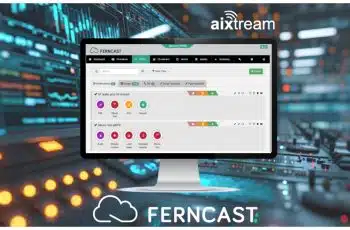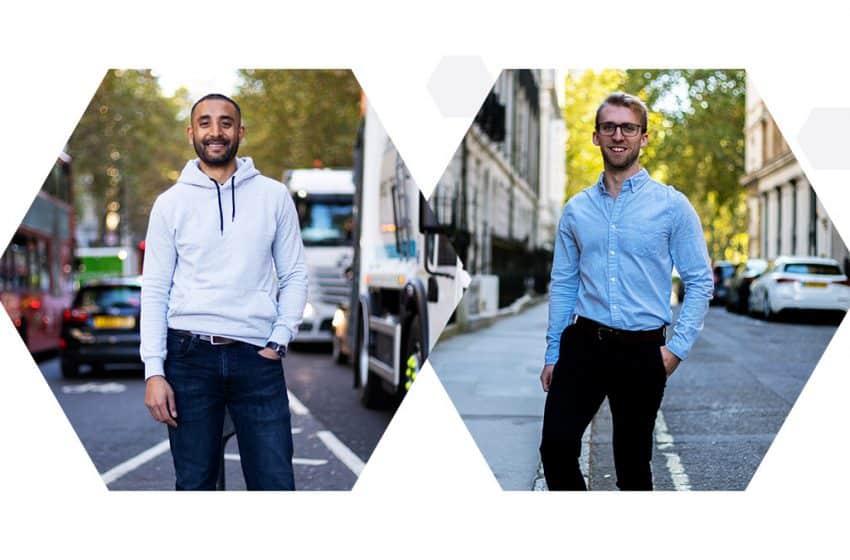
RedTech: Where do you see opportunities to secure the future of radio?
Abhishek Sen: Radio’s future can be secured by understanding how and where today’s consumers listen and interact with content throughout the day — be it while driving to work in the morning on smartphones, through smart speakers at home, or when they’re playing a game. Radio is both omnichannel and a broadcast medium, so it can leverage learnings and insights from one platform and apply them to another, making it more resilient to industry changes. This is a significant advantage, especially in the current turbulence of digital advertising and data practices.
RedTech: What inspires your company to innovate?
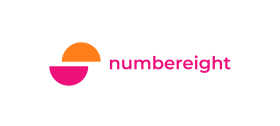
Chris Watts: We thrive under tough constraints — from our flagship context recognition system that can run on the limited power of a phone, to creating a targeted advertising system that doesn’t use advertising IDs. It’s the seemingly impossible tasks that inspire creative solutions.
We hold the first-mover advantage and have a unique opportunity to define a new category of privacy-first personalization, but we must stay on our toes and continuously push ourselves to stay at the forefront of innovation.
RedTech: How do/es your product/s make radio increasingly resilient, relevant and competitive?
Sen: Day-part targeting, otherwise known as contextual targeting, has always been commonplace within audio advertising, but digital advertising has heavily relied on identity as the primary driver of audience insight. As a result of privacy pushback by regulators and platforms, the entire advertising industry, including digital audio, is now re-evaluating how to best access effective and compliant data.
Watts: At NumberEight, we help solve this problem by reintroducing the concept of contextual advertising to digital audio, though with a few improvements.
We combine cutting-edge computing technology with an understanding of what brands are looking for. As a result, we provide privacy-first intelligence in our audio apps for publishers that help to increase their addressable audience by up to five times and attract more brands to spend with them and spend more.
“We hold the first-mover advantage and have a unique opportunity to define a new category of privacy-first personalization.”
RedTech: What one piece of advice would you give those running radio stations today?
Sen: Don’t look at technology as a threat to your current model, but rather as an opportunity to grow and future-proof your business. Much as the music industry had to undergo multiple changes to accommodate new platforms and consumption trends, so too does radio to stay relevant. There is a massive opportunity for those who take advantage of technological changes.
RedTech: How do you imagine radio by the end of this century?
Watts: Radio has always been an omnichannel, though the number of platforms on which we can consume radio has increased dramatically and is likely to continue to do so. Think cars, TVs, smart speakers, phones, and everything in-between. Suppose by the end of the century we link these devices together to make the experience less disconnected.
One tool for this is called decentralized computing. In such a system, each radio-enabled device will handle the users’ current interests, preferences and context locally. When the users change their listening device, the last device will share the relevant data with the new one for a seamless transition creating an extraordinary and engaging user experience.
Sen: To further illustrate this concept, imagine you’re at a football match but decide to leave early to avoid the traffic rush. You still want to know how the game ends. So, you open a radio app on your phone, and the first recommended channel is covering the game.
You listen to it while you walk to the parking lot. As you get to your car, the speakers sync up automatically and continue the commentary. You listen to the end of the game as you drive home with time to spare. All without missing a moment!
This Q&A was published in the special edition, The Innovators. Read the entire issue here.


